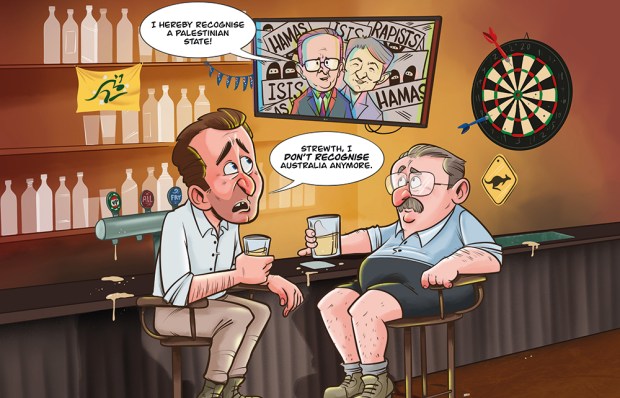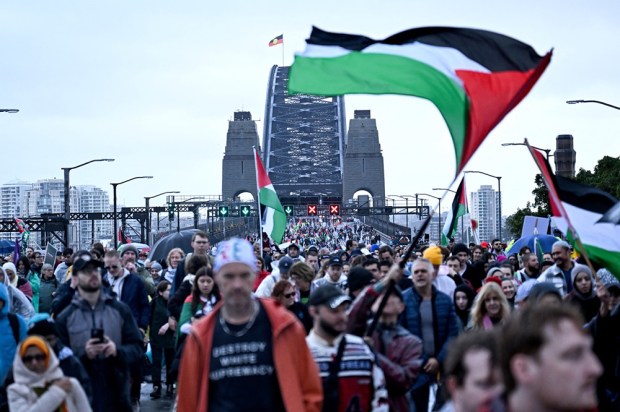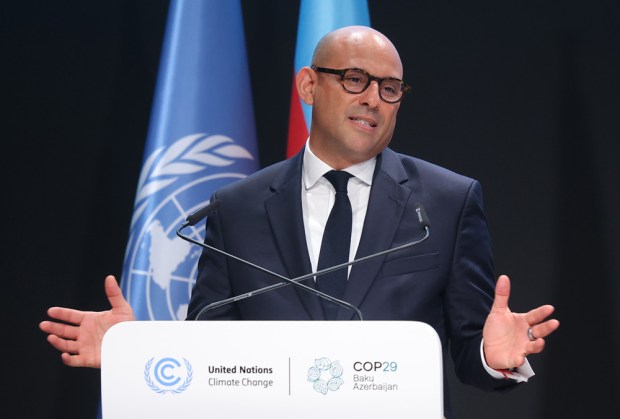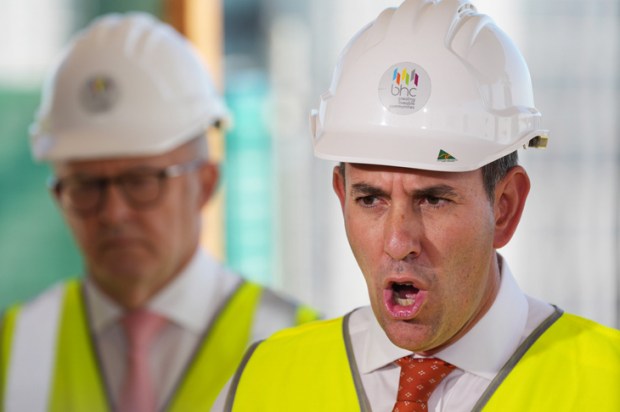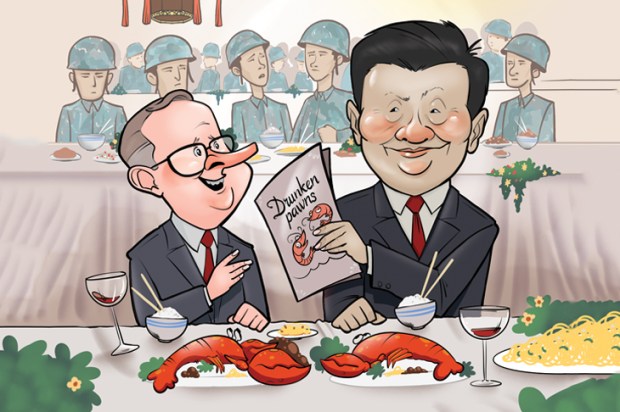Australia prides itself on being a young country. For generations after independence in 1901, we still saw ourselves as essentially a British people. But when the Mother Country withdrew its military presence east of Suez and entered the European Common Market more than four decades ago, many Australians felt neglected. Not surprisingly, many have subsequently complained that our head of state lives 11,000 miles away. From Geoffrey Serle and Donald Horne to Paul Keating and Malcolm Turnbull, these republicans have felt we are mature and independent enough to choose one of our own for the job, and have lined up like a wailing Greek chorus to condemn (mainly conservative) politicians for not cutting those apron strings.
But while Australia remains culturally similar to Britain, we are a free, prosperous and multiracial nation because British-style institutions, especially a stable constitutional monarchy, have served us well. ‘The monarchy, and particularly the Queen herself, has been part of the Australian landscape in the living memory of all Australians,’ wrote John Howard in Lazarus Rising. As the former PM recognised, the strengths of Australia’s constitutional arrangements still appeal to most Australians. Anyone who doubts this fact should reflect on the failed republican referendum of 1999, and remember that polls indicate declining support for the republic by 15 per cent in the past 15 years.
The royal visit of William, Kate and young George is warmly welcomed by most Australians. Meanwhile, although the keepers of liberal received wisdom take umbrage at Tony Abbott’s decision to restore knighthoods and damehoods to the lexicon of Australian honours, they take solace in thinking his unexpected move could reignite the republican cause. We doubt it. At best bemused, at worst apathetic, the average Australian has greeted the news with a shrug.
For good reason. Symbolic acts and other gesture politics — whether they be ‘welcome to country’ or the apologies to indigenous Australians and women whose babies were forced into adoption — are accepted by the vast majority of Australians with a down-to-earth, gracious recognition that they serve an abstract purpose, but not much more. If they make certain individuals feel better about themselves, then why not have them? For all the indignation and juvenile parliamentary giggling, the simple fact remains that to most Australians there is no difference between a ‘welcome to country’ ceremony and the ceremonial knighting of a Governor-General. Both honour aspects of our shared history.
As for our neighbours near and far, it is more than likely they envy rather than are bewildered by our constitutional monarchy. The claim, made by the distinguished British journalist Nick Bryant, that the restoration of knight and dame titles proves Mr Abbott wants us to ‘remain resolutely Western rather than becoming more Asian’ and ‘signals regional separatism’ is ludicrous. As the Prime Minister seals one trade deal after another with our Asian neighbours (deals that Labor failed to achieve), and as Australia leads the search for MH370, our role within Asia has soared to heights not seen since Mr Howard so successfully engaged the region. (The less said about Mr Rudd’s ratf—king adventures and Ms Gillard’s destruction of our Indonesian live cattle trade the better.) Besides, Malcolm Fraser’s reintroduction of imperial honours in 1976 had no impact on his approach to Asia. He was welcomed as Mr Abbott has been this week: with open arms.
It is true that Mr Abbott’s decision was surprising, especially given it was made without cabinet consultation. But the response from the shell-shocked opinion-forming classes also reminds us that during 1999 virtually all our newspapers, especially Rupert Murdoch’s News Corp titles, campaigned for a republic. They missed the bigger story: what Mr Howard calls ‘the innate, common-sense conservatism of the Australian electorate’.
Got something to add? Join the discussion and comment below.
You might disagree with half of it, but you’ll enjoy reading all of it. Try your first month for free, then just $2 a week for the remainder of your first year.




